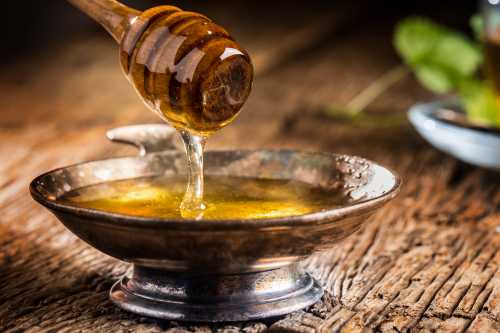Honey Varieties
There are many different varieties of honey, each with its own subtle aromatic qualities and flavours, and depending on the unique characteristics of the nectar (or other sweet secretions) gathered by honey bees from the flowers they visit.
Some varieties of honey command a significant price premium over others.
There are honeys that are relatively rare or difficult to harvest, whilst others claim special properties, such as therapeutic benefits. Several honeys compete closely for the title of 'sweetest'.
Meanwhile, beekeepers may have their preferences when it comes to selecting a honey for making mead.
Regardless of human judgements, it's clear that honey bees go to a great deal of trouble to make it, whatever the variety. The bees go through a process of diligently gathering nectar, storing it in little wax cells, fanning and capping the final result, all prior to its eventual arrival in the larder of purchaser via a beekeeper.
Here are several well known honeys for you to read about.
Manuka honey
Manuka honey is produced by bees that only visit the manuka tree (Leptospermum scoparium) in New Zealand. It is prized for its proven clinical benefits, such as its efficacy against MRSA.
Tupelo honey
One of the sweetest honeys, according to a comparison of over 30 honey varieties. A favourite with mead makers, this honey is made from the delicate, inconspicuous blooms of the White Tupelo tree.
Tualang honey
Tualang Honey is a very expensive multi-floral honey, not a mono-floral honey, and is sometimes called 'jungle honey'.
Borage honey
A pale, golden honey with a delicate flavour, and made from nectar gathered from the blue flowers of the borage plant, Borago officinalis (also known as 'starflower').
Clover honey
Both red and white clover provide plenty of nectar. Clover honey produced from a single source of clover may have a relatively strong flavor.
Honeydew honey
Honeydew honey is made from honeydew – a sticky liquid produced by aphids and some other insects that feed on plant sap.







